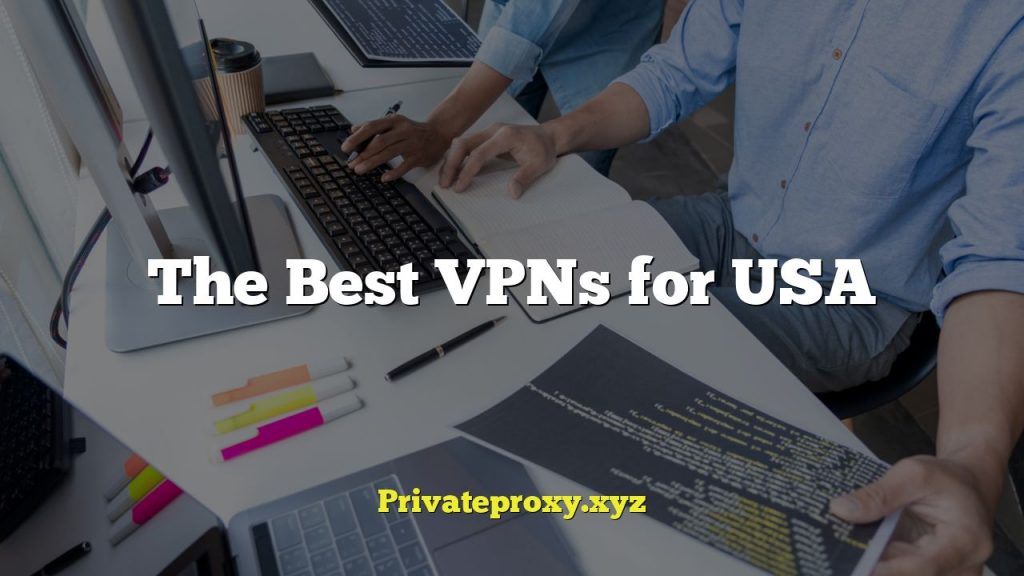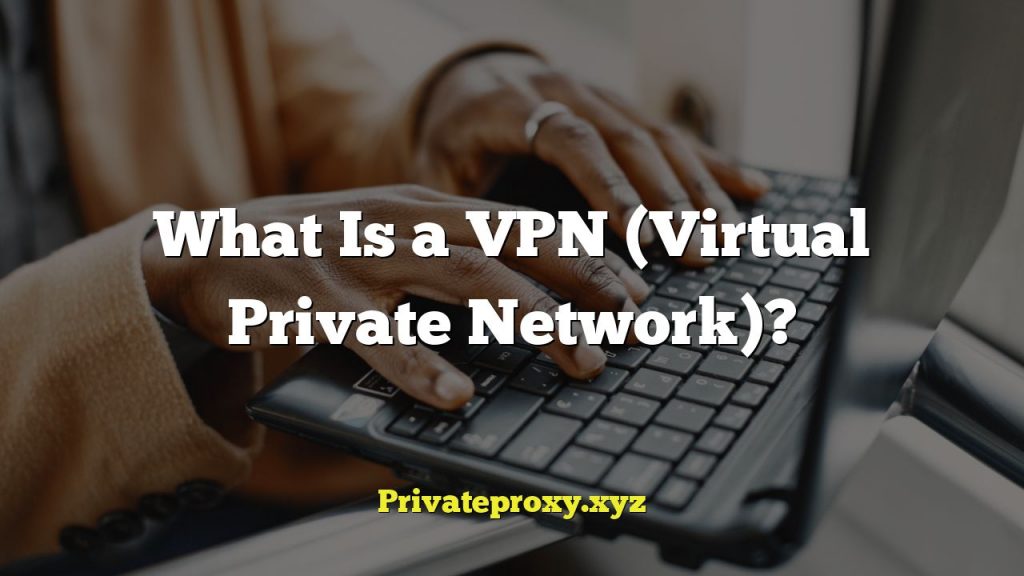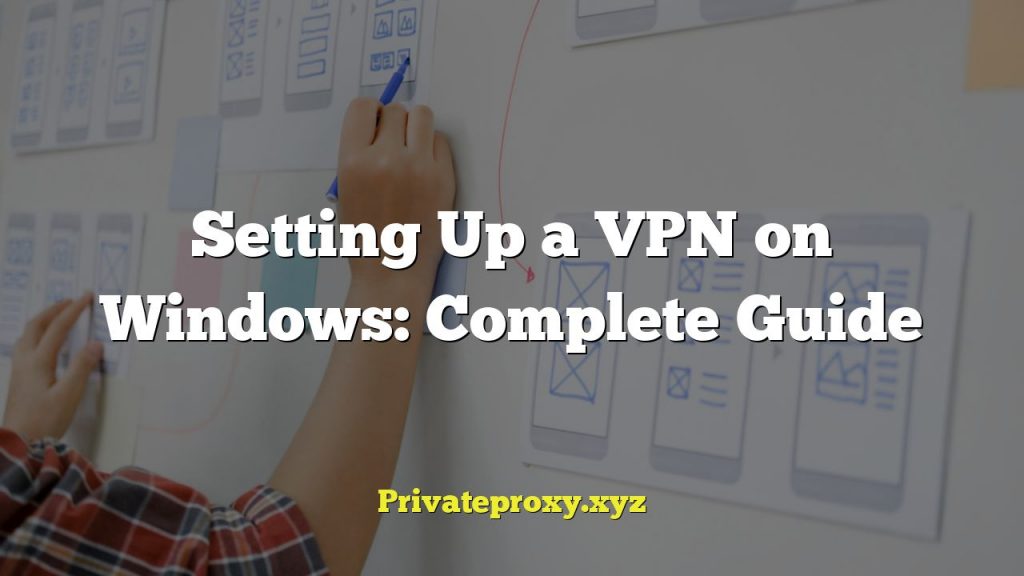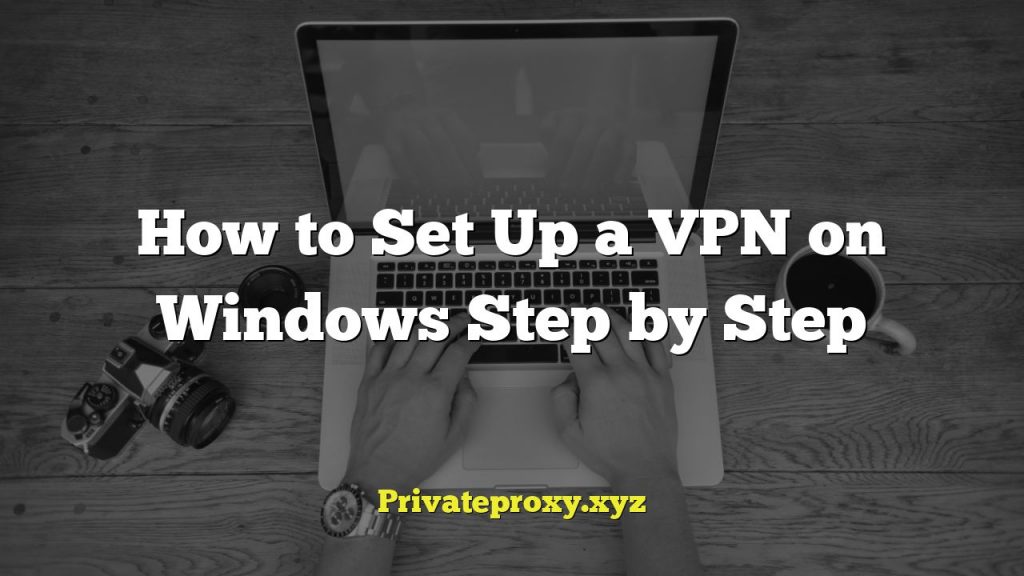
Managing Multiple VPN Connections Simultaneously
Introduction: The Need for Concurrent VPNs
In today’s interconnected world, online privacy and security are paramount. A Virtual Private Network (VPN) provides a secure and encrypted tunnel for internet traffic, shielding sensitive data from prying eyes. While a single VPN connection can significantly enhance online safety, there are scenarios where managing multiple VPN connections simultaneously becomes necessary. This article delves into the reasons behind this need, the challenges involved, and the solutions available for successfully managing multiple VPN connections.
Whether you’re a security-conscious professional, a gamer seeking optimal latency, or simply someone who values online freedom, understanding how to manage multiple VPNs can be a valuable skill.
Reasons for Using Multiple VPNs
Several compelling reasons drive the demand for simultaneous VPN connections:
- Enhanced Security: Layering VPNs creates a “VPN chain,” making it significantly harder for malicious actors to trace your online activity back to your actual IP address. If one VPN is compromised, the others still provide protection.
- Bypassing Geoblocks and Censorship: Using VPNs in different locations can unlock content restricted to specific regions or bypass censorship imposed by governments. For example, accessing streaming services unavailable in your current location.
- Improved Performance for Specific Tasks: Routing different types of traffic through different VPN servers can optimize performance. For example, using a VPN server closer to a gaming server for lower latency while routing browsing traffic through a VPN server in a different region.
- Circumventing VPN Blocking: Some websites or services actively block known VPN IP addresses. Using multiple VPNs allows for rotating IP addresses, making it more difficult to be blocked.
- Separating Personal and Professional Traffic: Keeping work-related and personal browsing separate, each secured by a different VPN, can enhance both security and organization.
Challenges of Managing Multiple VPNs
Managing multiple VPN connections simultaneously presents several challenges:
- Complexity: Setting up and configuring multiple VPN connections can be technically challenging, especially for novice users.
- Resource Intensive: Running multiple VPNs consumes significant system resources (CPU, RAM, and bandwidth), potentially impacting device performance.
- Potential for Conflicts: Conflicting network settings between different VPN connections can lead to connection errors or instability.
- Increased Latency: Each additional VPN connection adds latency to the internet connection, potentially slowing down browsing and other online activities.
- Management Overhead: Monitoring and maintaining multiple VPN connections requires more time and effort.
Methods for Managing Multiple VPN Connections
Several methods exist for managing multiple VPN connections concurrently:
VPN Client Software with Multi-Hop Functionality
Some VPN providers offer client software with built-in multi-hop or VPN chaining functionality. This allows users to route their traffic through multiple VPN servers within the provider’s network. This is generally the easiest approach as the configuration is simplified within the VPN client. This is often a premium feature.
Using a Router with VPN Client Support
Many routers support VPN client functionality. By configuring multiple VPN connections on the router, all devices connected to the router will automatically use the VPN. Some advanced routers allow for policy-based routing, where specific devices or types of traffic are routed through different VPN connections.
Virtual Machines (VMs)
Creating separate virtual machines, each with its own VPN connection, provides a high degree of isolation and control. This allows you to dedicate specific resources to each VPN and manage them independently.
Proxy Chains
While not strictly VPNs, proxy chains can be used in conjunction with VPNs to further obfuscate your IP address. A proxy chain routes your traffic through multiple proxy servers before reaching the VPN server.
Operating System Level Configuration
Advanced users can configure multiple VPN connections directly within their operating system’s network settings. This requires a thorough understanding of networking concepts and can be complex to set up correctly. This typically involves modifying routing tables and network interfaces.
Tools and Software for Managing Multiple VPNs
Several tools and software packages can simplify the management of multiple VPN connections:
- VPN Client Software (with Multi-Hop): Providers like NordVPN and Surfshark offer multi-hop features in their applications.
- OpenVPN: A versatile open-source VPN protocol that can be configured to create custom VPN connections. Requires manual configuration and is best suited for technical users.
- Virtual Machine Software: VirtualBox, VMware Workstation, and Parallels Desktop are popular options for creating and managing virtual machines.
- Router Firmware (with VPN Support): DD-WRT, OpenWrt, and Tomato are open-source router firmware that provide advanced VPN configuration options.
- Proxychains: A command-line tool that allows routing traffic through multiple proxy servers.
Configuring Multiple VPNs: A Step-by-Step Guide (Example using VMs)
This example demonstrates how to set up multiple VPN connections using virtual machines.
- Install a Virtual Machine Software: Download and install VirtualBox or VMware Workstation on your host computer.
- Create Multiple VMs: Create a separate virtual machine for each VPN connection you want to establish. Assign appropriate resources (CPU, RAM, storage) to each VM.
- Install an Operating System on Each VM: Install a lightweight operating system like Ubuntu Server or Debian on each virtual machine.
- Install VPN Client on Each VM: Install the VPN client software for your chosen VPN provider on each virtual machine.
- Configure VPN Connections on Each VM: Configure each VPN client with your VPN credentials and connect to different VPN servers.
- Configure Network Routing (Optional): If you want to route specific applications or traffic through specific VMs, configure network routing rules on your host computer or router.
- Test the Connections: Verify that each VPN connection is working correctly by checking your IP address on each VM.
Note: This is a simplified example. The specific steps may vary depending on your chosen VPN provider, operating system, and virtual machine software.
Best Practices for Managing Multiple VPN Connections
To ensure a secure and efficient multi-VPN setup, consider the following best practices:
- Choose Reputable VPN Providers: Select VPN providers with strong security policies, no-logs policies, and a wide range of server locations.
- Use Strong Encryption: Ensure that all VPN connections use strong encryption protocols such as OpenVPN or WireGuard.
- Monitor System Resources: Regularly monitor CPU, RAM, and bandwidth usage to ensure that your system can handle the load of multiple VPN connections.
- Test and Verify Connections: Periodically test and verify that all VPN connections are working correctly and that your IP address is being properly masked.
- Keep Software Updated: Keep your operating systems, VPN client software, and router firmware updated with the latest security patches.
Security Considerations
While using multiple VPNs can enhance security, it’s crucial to understand the limitations and potential vulnerabilities. Ensure that all VPN providers have strong security practices. Avoid using free VPN services, as they may log your data or inject malware.
Even with multiple VPNs, your online activity is never entirely anonymous. Law enforcement agencies or sophisticated adversaries may still be able to track your activity through other means, such as traffic analysis or correlation attacks.
Conclusion
Managing multiple VPN connections simultaneously can provide enhanced security, access to geo-restricted content, and improved performance for specific tasks. However, it’s essential to understand the challenges involved and follow best practices to ensure a secure and efficient setup. By carefully selecting VPN providers, configuring your connections correctly, and monitoring system resources, you can effectively leverage the power of multiple VPNs to protect your online privacy and security.



